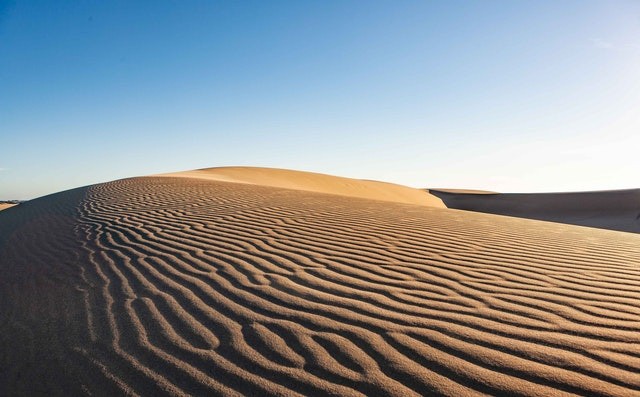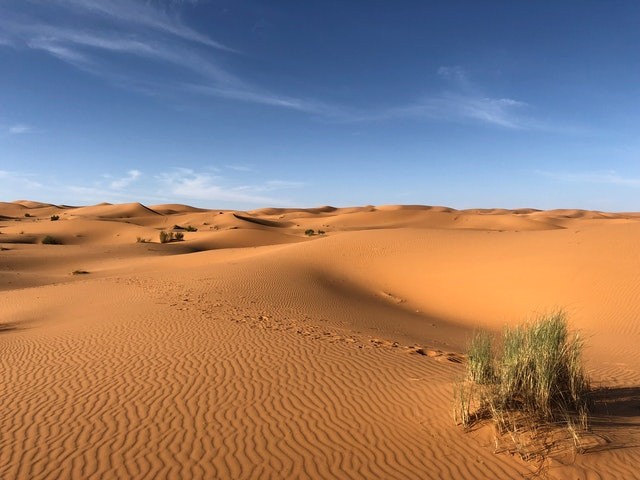The Sahara Desert, the largest desert in the world located on the outskirts of the town of Ain Sefra, in northwestern Algeria, was covered by ice for the 4th time in 50 years. The dunes were streaked with ice crystals covering expansive areas beyond what the eye can see.

Surrounded by the Atlas Mountains, near the Algerian-Moroccan border, Ain Sefra is 3,280 feet (1,000 meters) above sea level.
Sky News reported that while summer temperatures in northeastern Algeria regularly rise above 100 degrees Fahrenheit (38 degrees Celcius), the days in January average a much older 57 F (14 C).
The display of ethereal frost on Tuesday followed a rare night of 27-F (minus 3 C) temperatures.
Snow And Ice Accumulation
The new year brought with it a rare weather change and experience as the Sahara Desert accumulated unusually but unprecedented snow and ice.
The dusting experienced on Tuesday marks the fourth time in 42 years that Ain Sefra has seen snow, with previous occurrences were in 1979, 2016, and 2018.
Karim Bouchetata, a local photographer, captured the unusual weather both in pictures and videos that have since made headlines around the world.
Live Science reported that previous snowfalls were much heavier than this week's display. In 2018, for instance, some areas of northwestern Algeria experienced up to 15 inches (40 centimeters) of snow. Similarly, the 2016 blizzard dumped more than 3 feet (1 m) in select regions.
The Sahara Desert covers an area of more than 3.3 million square miles (8.6 million square kilometers) across northern Africa between the Atlantic Ocean and the Red Sea. While Antarctica and the Arctic deserts cover more area than the Sahara Desert, both of them are cold.
In the last episode in 2018, NASA had said in a statement that the Sahara is much more likely to see snowfall at higher altitudes, such as in the Atlas Mountains. This statement followed a snow dump which was visible from space. Also, the Atlas Mountains on the side of Morocco witnessed substantial snowfalls in 2005 and 2012, according to NASA.
ALSO READ - Travel To Dubai: Traverse The Arabian Desert Through A Hot Air Ballon

Sahara Desert
Ordinarily, the Sahara Desert is extremely hot and it covers a large expanse of land, it is almost the total size of the USA. The desert got its name from the Arabic word ṣaḥrāʾ which means "desert".
The desert has a variety of unique land features. However, it is most famous for the dune fields. The dunes can be as high as 600 feet (183 meters) covering only about 15 percent of the entire desert. As it was earlier pointed out, the desert has many other features including mountains, plateaus, sand, and gravel-covered plains, salt flats, basins, and depressions.
Mount Koussi, which is an extinct volcano in Chad, is the highest point in the Sahara desert at 11,204 feet (3,415 m) above sea level. While the Qattara Depression in Egypt is the Saraha's deepest point, at 436 feet (133 m) below sea level.
RELATED ARTICLE - Enjoyable Experience Of Dubai Desert Safari
For more news, stories about deserts and similar topics, don't forget to follow Nature World News!
© 2026 NatureWorldNews.com All rights reserved. Do not reproduce without permission.





